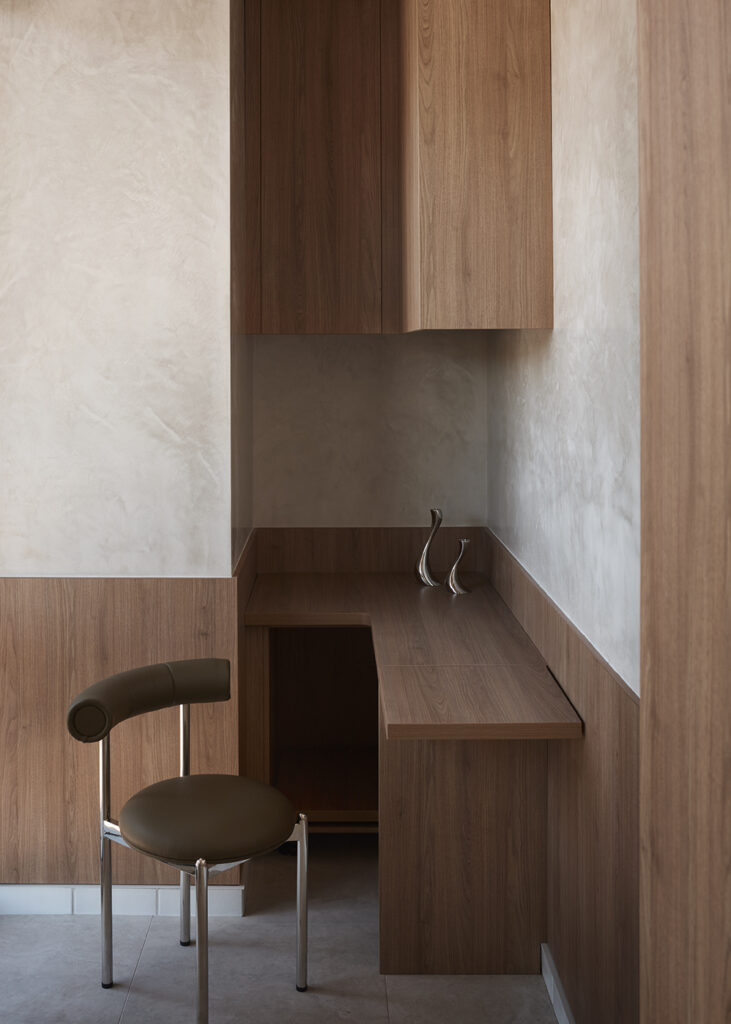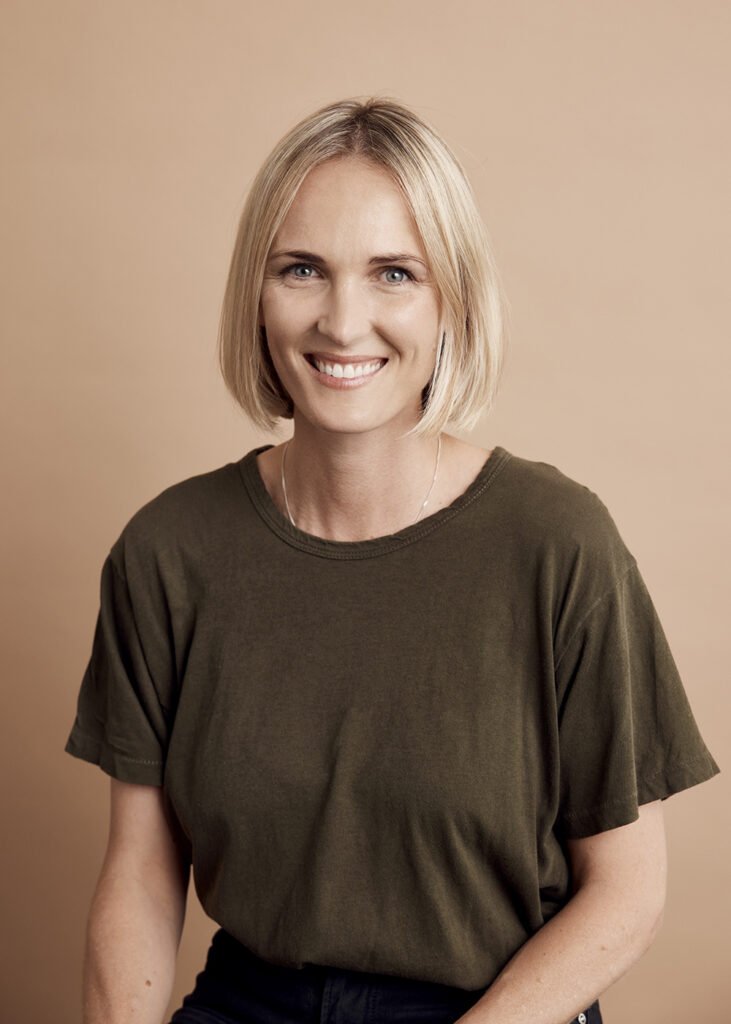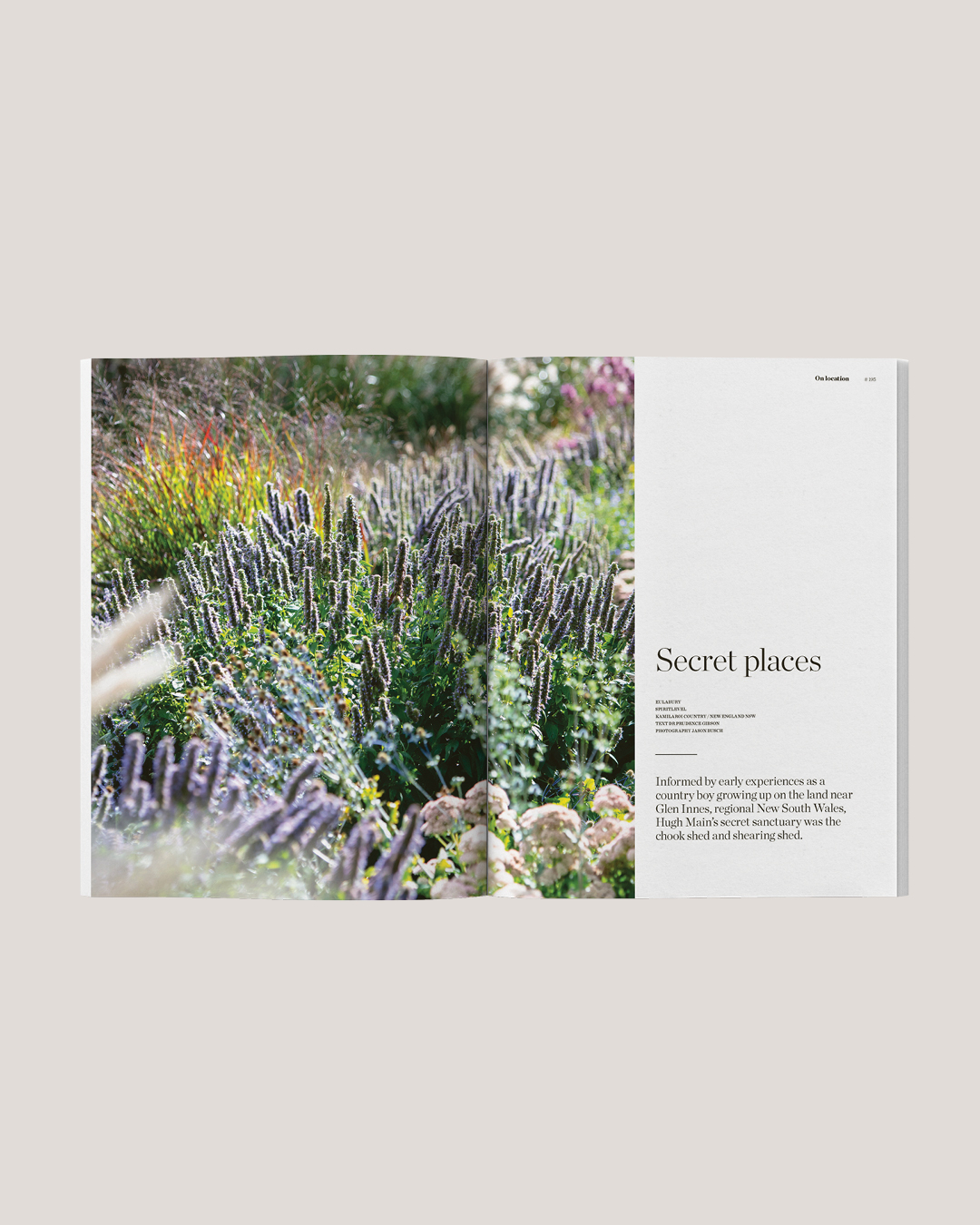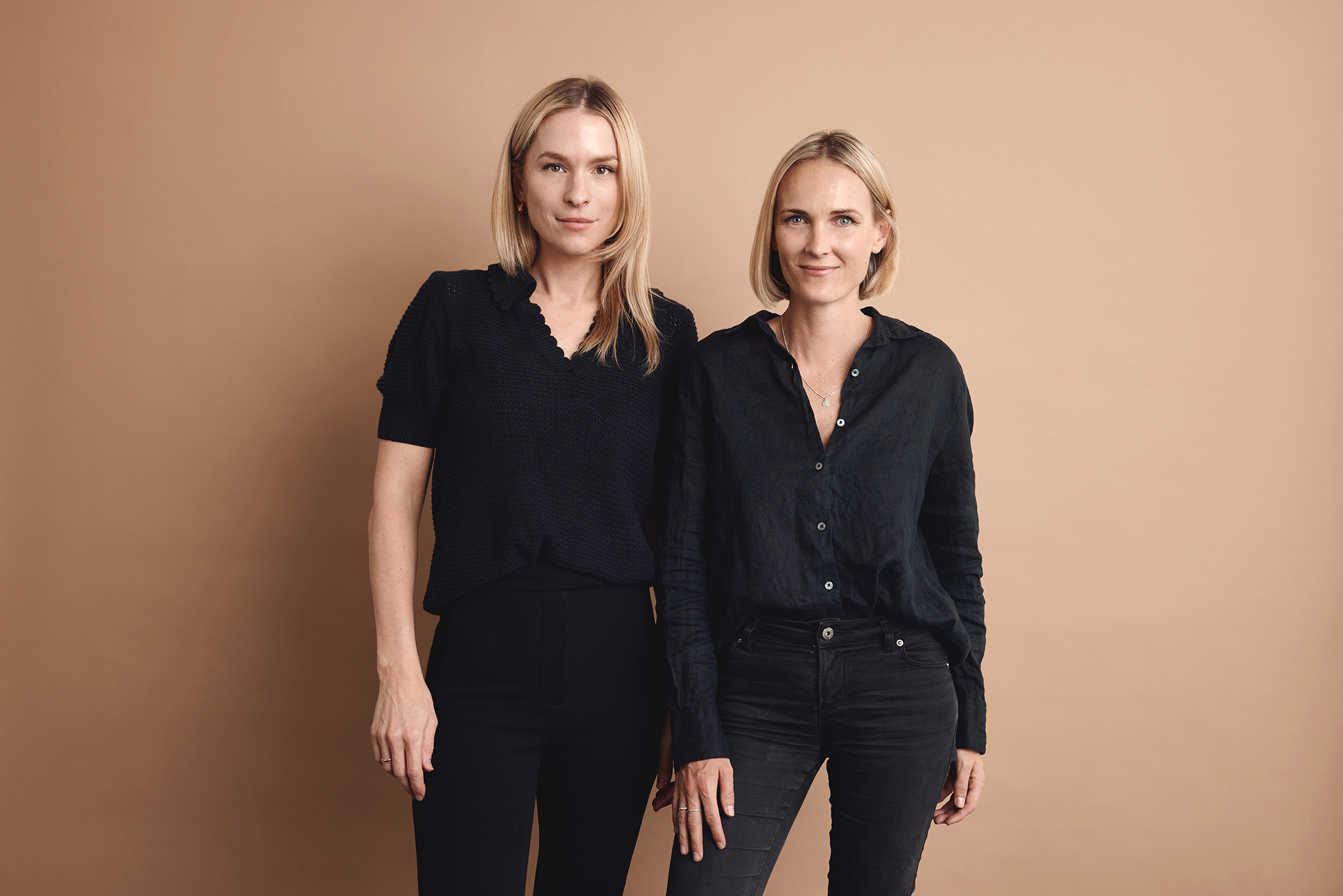“Historically, planning and design has failed to integrate social infrastructure for things like childcare needs that prioritise the need and desire for women to return to the workplace,” says Cushla McFadden and Jade Nottage, founders of Tom Mark Henry. “Positively, we have experienced a shift in more mixed-use developments that consider not only housing but healthcare and social infrastructure that creates supportive and inclusive communities within and around these developments.”
When we spoke with McFadden and Nottage, they reflected on how change is steadily taking root within the design industry. Drawing from their experiences and oeuvre, the founders highlighted the profound implications of a more human-centric approach, examining how gender-sensitive design translates into tangible interventions that recalibrate public safety, accessibility and communal engagement.
This indicates a pivotal moment in design thinking – inclusivity is no longer an afterthought, rather, a driver of how we shape the built environment. Though often discussed in decontextualised isolation, public safety is deeply tied to gender-sensitive and age-inclusive urban design. McFadden and Nottage explain further: “It is an issue that not only affects women but younger generations as well. Again, more gender-sensitive and age-inclusive urban design and planning schemes now promote security and safety through all-day activation, better visibility and properly designed lighting.”

Beyond urban planning, the psychological and emotional dimensions of design profoundly shape how women experience space. “Sadly, Women are especially susceptible to environmental factors affecting their ability to experience spaces. It goes far beyond the surface level of what something looks like. To truly enjoy and lean in, the correct safety and inclusion methods have to be integrated – appropriate lighting, wayfinding, community activation and knowledge, to name a few. We always consider how spaces will make someone feel. Whilst our role sits in the interior landscape, it would be remiss of us to not design with this thoughtful and important lens more broadly and surround ourselves with qualified consultants to ensure the space is successful far beyond the finishes.”
McFadden and Nottage continue: “There has historically been a lack of female representation in planning and design, and this imbalance has shaped our built environment. Architecture was and still is a male-dominated field, so therefore decisions made in regard to building codes and standards have been made with a lack of female consultation. Female consultation is especially important when it comes to care-giving responsibilities, ease of transport and access to safe spaces.”
The consequences of this oversight are tangible – public spaces without adequate lighting infiltration and mixed-use developments that fail to integrate all-day activation urban environments that do not entirely support the diverse needs of women.

However, with more women entering the fields of planning, architecture and design, change is steadily taking root: “For example, public spaces have often lacked features mentioned previously such as adequate lighting and mixed-use developments that are busy and active areas at all times of day; however, we have noticed a big shift towards mixed-use development trends, so we do feel like change is happening.”
This ethos of designing with human experience at the forefront is evident in the oeuvre of Tom Mark Henry. Reflecting on a particularly poignant project, they share: “We designed a really important consulting space for a surgeon, where the design was driven at its core by the patients who would experience it. Sadly, a lot of the time the news being shared with them wouldn’t be good, so we were faced with a design challenge driven solely by these people. What is an environment that would help soothe in a time of immeasurable pain? How can the physical environment not only be designed to receive hard and/or complicated results but also provide sanctuary to the surgeon who was delivering this information?”
The impact of a well-designed space extends beyond the individual – it has the potential to shape entire communities. Tom Mark Henry recall their experiences designing for WeWork: “We designed the first two locations in Australia, so we had no local data on how co-working at that scale would be embraced back in 2016. The response to the first two locations exceeded our expectations. There was a huge focus on the design of the communal areas, which attracted people to use the spaces and therefore resulted in a positive amount of community engagement.”
This philosophy of fostering engagement through design materialised in their work for Knox Grammar: “This space invites flexible use so is embraced by the school community of students teachers and past students for exhibitions, collaborative workshops and community events, expanding its reach and impact on the local community.”
Ultimately, McFadden and Nottage, the measure of a project’s success is multifaceted, referring to social, economic and emotional impact. “We want to hear that people are enjoying the space – that it’s activated and vibrant or simply offering the calibre of experience to patrons we also hoped it would. Economically, it’s the less glamorous of all three but certainly important. Budgets and profitability are critical for the success of any venture, so ensuring it’s a long-term commercially viable endeavour is a key contributor to the success. And finally, the value of the emotional aspects of the project. How does it feel? How do people feel within it? How does our client feel? How does our team feel? Such an important measure of success.”



